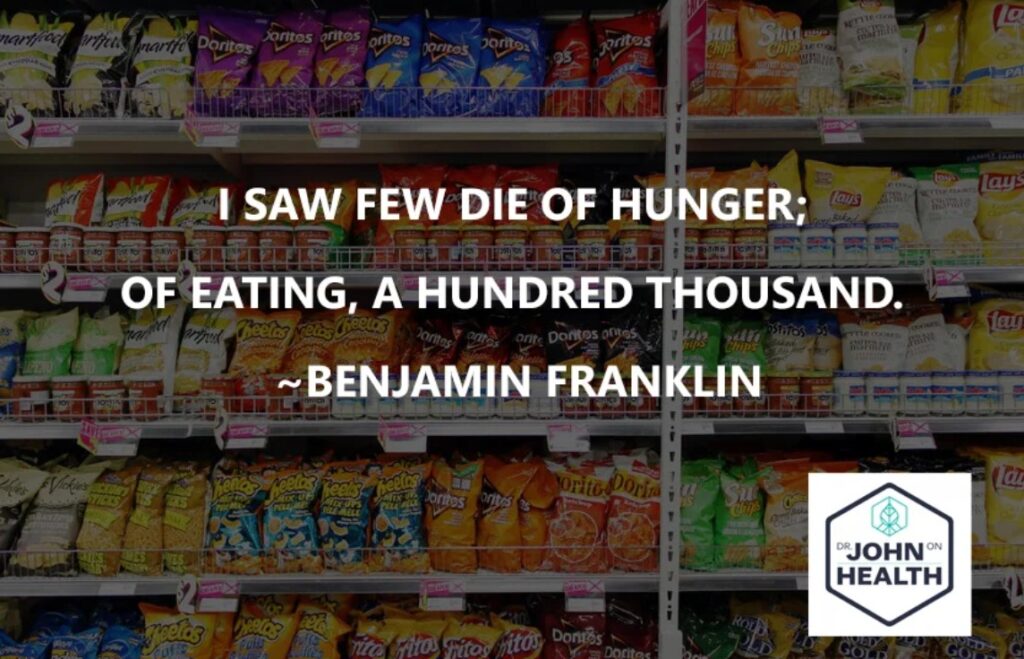 To maintain health, humans must have a constant supply of nutrients in the internal environment of the body. Maintaining this steady but dynamic state requires that we acquire nutrients from our surroundings. Nutrients are absorbed in the form of molecules and ions from the environment they live in. Cells in the body must then perform work to utilize these nutrients and contribute to the body’s wellbeing. This process requires the use of energy, just like what happens in a factory.
To maintain health, humans must have a constant supply of nutrients in the internal environment of the body. Maintaining this steady but dynamic state requires that we acquire nutrients from our surroundings. Nutrients are absorbed in the form of molecules and ions from the environment they live in. Cells in the body must then perform work to utilize these nutrients and contribute to the body’s wellbeing. This process requires the use of energy, just like what happens in a factory.
It is this use of energy that produced the rationale for using energy conversion as the tool for evaluating our nutrient intake. The advice you so commonly get on how much you should eat a day according to calories is actually based on an estimate of how much energy your cells need to expend to justify the amount of food you eat.
The problem is, we are not naturally capable of counting calories, are we? There is no mechanism in the mouth to determine the caloric density of any food. Secondly, the digestion and absorption of energy-containing foods can take hours to be completed, so we are also not good at assessing if we should eat more based on how many calories we have consumed and used.
So how can you assess how much to eat? I have a recommendation for you that is far better than trying to count calories or determine your portion sizes.
The government has tried to step in and help consumers determine how much to eat.
Visual aids such as the food pyramid and the food plate have been introduced and promoted as easy ways to remember to eat a variety of foods. Foods have been divided into groups such as carbohydrate, fat, proteins, vitamins, and minerals. People are told to eat three servings of such and such every day, two of this or that, and so on. However, most people do not remember such advice, just as they don’t recall how many calories per day the average man or woman should eat.
The only true way you can learn how much to eat is to relearn how you ate as a child. If you recall, children eat what they want, when they want, and only as much of it as they feel needed for nourishment. They eat slowly and as a result, they allow their brain enough time to register what they eat and generate a sense of satisfaction. No matter how much you pressure a child to eat more of what’s on the plate, if the child says he or she is full, you won’t win the argument.
Studies looking at food consumption at various calorie levels show that infants and children maintain a relatively constant level of intake, in the long-term. They may compensate for reduced energy intake during one meal with increased intake during the next, or vice versa. However, adults did not show the same natural self-care regarding their caloric compensation, especially after consuming a diet high in caloric density.
So I am suggesting that you consciously think back to your days as a child whenever you feel hungry and are about to eat. Stop your automatic eating (you know what this means, I’m sure) and don’t go gobbling your plate of food without thought. Chew slowly, breath, and let your senses connect with your enjoyment of the food.
While food temperature and texture can be contributing factors, the primary reason you enjoy your food are your sensations of taste and smell. These are generated when molecules of food hit the taste receptors on your tongue and the smell receptors in your nasal passage and generate nerve signals to the brain.
Believe it or not, you also have the faculty to select which foods to eat based on their component nutrient molecules. Like all living things in nature, your brain has learned what is healthy to eat and what is not. If you consciously ask yourself before you eat, your brain will likely tell you what to have, because it knows what nutrients your body needs. This is why you have cravings for foods every now and then, if not every day.
As for how much to eat, when you feel hungry, it is actually a message from the control centers of your brain that your body needs nutrients. As soon as you put food in your mouth, the familiarity of its textures and tastes generates anticipation that in turn intensifies your enjoyment of the food. But when the control centers in the brain detect a potentially adequate level of nutrient entry, they will literally reduce the intensity of your enjoyment of the food. This is your brain’s message to slow down, or eat other foods that contain other nutrients, or to stop eating. In this way, your level of enjoyment of a meal is actually a message from your brain telling you how much and what to eat.
Of course, we all know that eating is also a social event. It is easy to stop paying attention to your brain’s messages when you are chatting with others at the family dinner table or at a party, watching TV, working while eating, or doing other things that detract from chewing and savoring the food in your mouth. When you catch yourself not paying attention to the enjoyment of the food, stop what you are eating. This will be a powerful reminder for the next time.
These guidelines about eating like a child, listening to your brain’s signals about hunger and what nutrients your body craves, and when to stop eating will help you far more than counting calories or taking prescribed amounts of food to decide what and how much to eat. You can read more about this philosophy of “mindful eating” in my books, Eat Chew Live and Diabetes: The Real Cause & The Right Cure.
 Diabetes: The Real Cause & The Right Cure.
Diabetes: The Real Cause & The Right Cure.
8 Steps to Reverse Your Diabetes in 8 Weeks!!
I am proud to share this informative yet easy to use book that will help you or a loved one reverse their Type 2 Diabetes in 8 weeks. My plan will also help you to remain diabetes fre
e as you will take this on as a lifestyle. Make better choices and take ownership of your health today!
Buy on Amazon.com
I thank you in advance for helping me spread word of this vital new information. Please leave a review on Amazon if you could be so kind. – Dr. John


